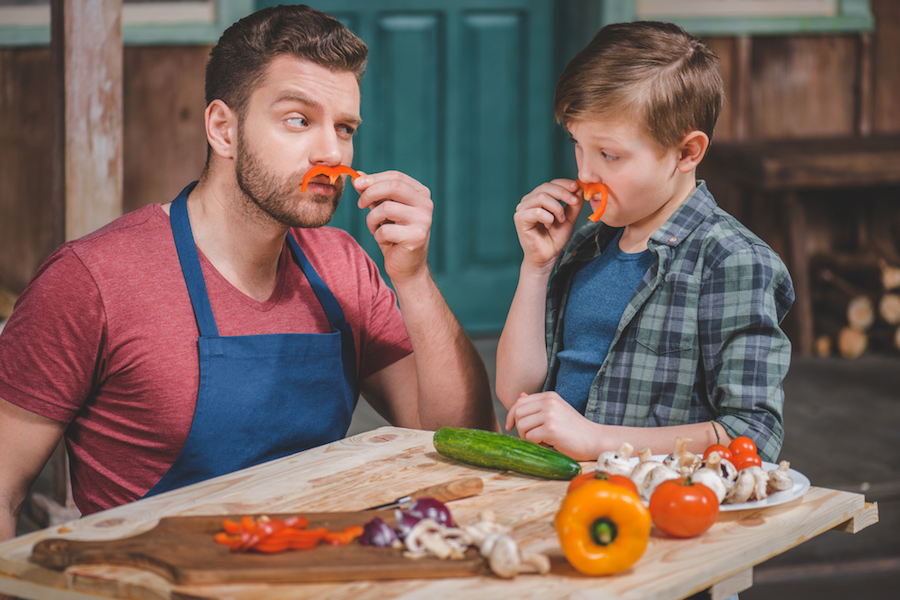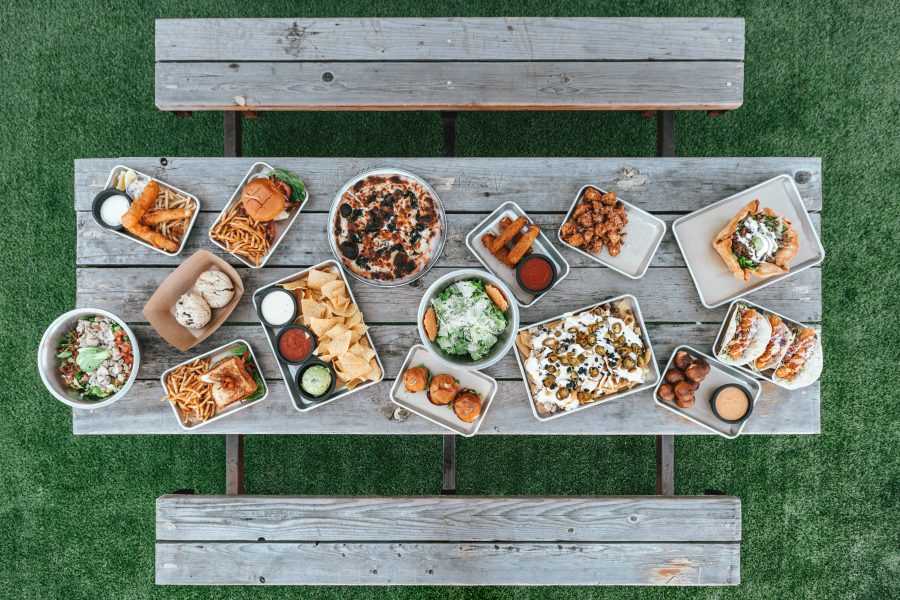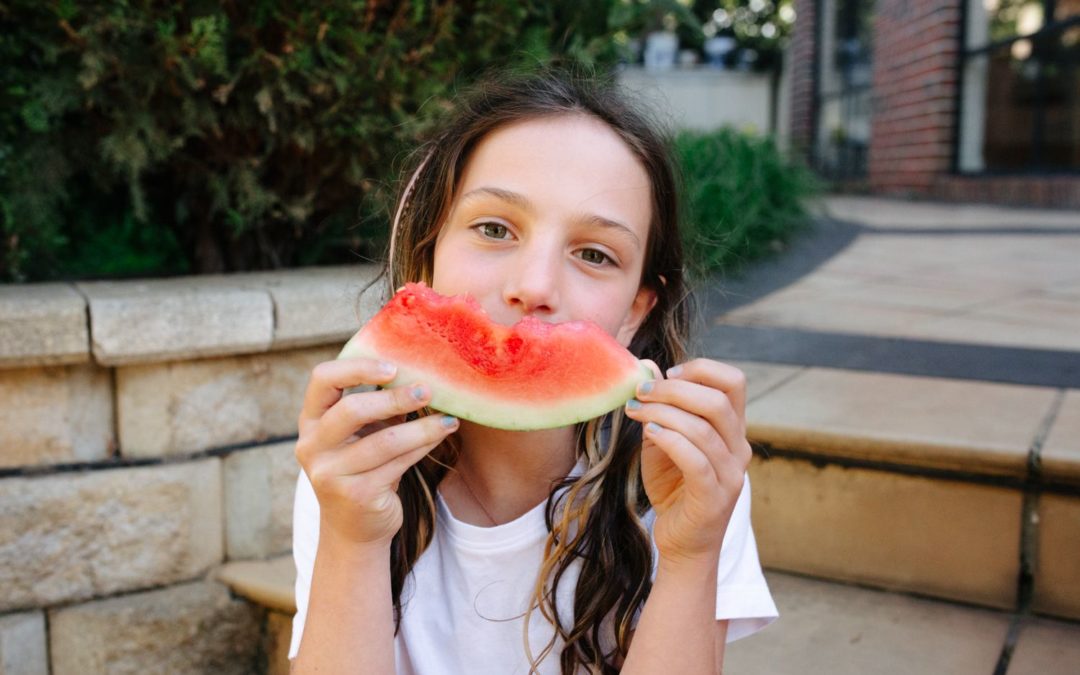Forget nutrition education for kids, or even adults for that matter, we need to go back to basics and teach food education first. I might sound like a mum and dietitian gone crazy (not teach nutrition!?) but let me explain…
There is plenty of pressure on parents and educators to get kids eating healthier. The numbers are all doom and gloom: almost nobody is eating enough veggies (especially if we don’t count potato) and most of us consume too many ‘discretionary’ foods (foods outside of the core food groups).
Under the pressure, it’s easy to forget that we aren’t trying to force feed kids vegetables, but rather trying to teach them to learn to like a variety of foods. Research shows that food habits track. So what you eat and your relationship with food as a child strongly dictates your choices as adults.
If we take the focus off nutrition for a moment, forget “eat this cause it’s good for you” and stop worrying about serving sizes, how do we get kids (or even adults) to learn to like new foods?
Like any learning, it’s a journey… The journey of learning to like vegetables (and other food groups) follows three steps:
Step 1. Build knowledge and awareness
Step 2. Acceptance (willingness to try)
Step 3. Choosing to eat it (willingness to consume)
Let me give you some simple tips on how to achieve this.
1. How to increase food knowledge and awareness
Food education begins away from the table.
A child’s knowledge and awareness about a food is created though positive experiences with that food. For example by learning the names of fruit and veg through craft (colouring in, painting, stickers), reading books about fruit and veg, asking kids to help with the shopping (can you get me three carrots), talking about the colours of fruit and veg, or getting kids in the kitchen and garden.
Increasing awareness at the table includes role model eating foods you’d like your children to eat. Don’t go over the top with preaching the food to your kids, just show them you are eating it and enjoying it. You can talk about your senses – what colour is it? Does it crunch when you bite it? Try to stay calm at the dinner table. Instead of focusing on what your child is eating, focus on creating a nice eating atmosphere. Kids can help set the table with some nice plates, pick some flowers from the garden or fold some napkins. Turn the TV off at mealtimes and have a chat about your day.
2. How to build acceptance (willingness to try)
It takes about 20 exposures to a food for a child to trust that food and build the confidence to try it. Don’t bother counting, just keep helping them to learn.
Away from the table: involve kids in fruit and veg shopping – if they’d like to buy or try sometime, let them. Cook and garden with your kids, again let them try when they want. But no pressuring (this will backfire in the long term). Let them naturally progress from awareness to acceptance themselves.
At the table: Try serving foods family style. Have dishes in the middle and let kids serve themselves. You, as the parent or educator, choose what goes in the middle of the table but the kids decide what makes it onto their plates and into their mouths.
Make sure you have one element on the table that your child has already learned to like (rice, bread, cucumber, carrot or even some grapes). These elements are “safe” foods, which are important in building a willingness to try new foods.
You can also try serving foods in different ways. A carrot can be steamed, served with a dash of honey, eaten raw as sticks with dips, grated in a sandwich, stir-fried or roasted into chips.
Step 3. Finally, choosing to eat it (willingness to consume)
A child needs to try a particular food up to twenty times before they learn to like it (again, don’t bother counting, just keep offering).
Away from the table: help with cooking, gardening and meal planning. Ask them what flavours they think might go together for a meal? What red fruit or vegetable would they like in their lunchbox today?
At the table: continue to have family style meals. Slowly over time, you will see your child increase the variety on their plate. But remember to focus on the mealtime atmosphere, rather than exactly how many bites your child has taken and if they have picked out the peas.
Like with any learning, some people take longer than others to learn. Progression is not always perfectly linear, but everyone can learn. Remember to keep things positive and fun. So release the pressure, off yourself and your kids!
Disclaimer: in extreme cause of fussy eating (excluding full food groups) please see a dietitian.










